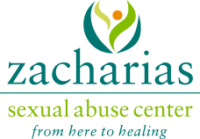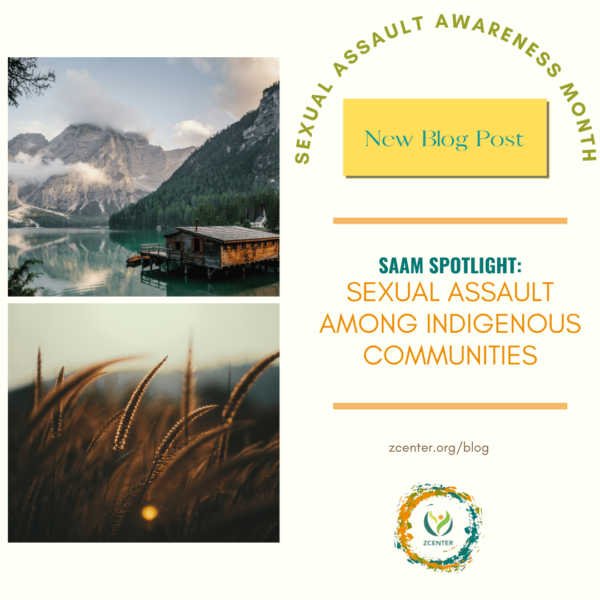Throughout history, people have faced oppression in multiple forms. People of color, and more specifically women of color, have dealt with sexual assault at a higher rate than others. Today I want to talk about women with Indigenous backgrounds and their experiences with sexual assault and the legal system.
To start, here is a bit of background information on Native American history. At the beginning of European colonization, Native tribes were forced off of their lands and given unfair trades without a full, clear explanation of those trades. Large bursts of European immigrants arrived in the 1400s and again in the 1600s. Meanwhile, Spaniards were colonizing Mexico and South American land. Often times the Native people were forced to leave, either with threats or violence. They continued to be massacred and enslaved while immigrants took over the land (Mark, 2020). In a different stage of history, many Indigenous people were forced into American boarding schools to assimilate to EuroAmerican culture. In more recent years, mascots have started to be rebranded from depictions of Native Americans to other logos. The original goal was to eradicate Native American culture so there would be no threat or competition. Ultimately, this attempt by the government failed.
Poverty is widespread throughout Native American communities. “In 2017, more than 90% of Lakota residents on the Pine Ridge Lakota Reservation—the second largest Native reservation in South Dakota, run by the Oglala Sioux Tribal Council—were living below the federal poverty level” (Bruce, 2019). Initially, in the 1800s, the government had a ‘welfare’ program, but it was not welfare. The Bureau of Indian Affairs (BIA) did not include tribe members in decisions and held a lot of control over these Native communities. Over time, the plan was to eradicate and assimilate these ‘foreign’ cultures.
There is a highway in Canada called ‘The Highway of Tears’. Many women, especially Native American women, go missing along this road. Hitchhiking is quite common because there is a lack of resources. That hitchhiking can lead to terrible things, but for some, it is the only way to get to where they need to be. One article explained the language found on billboards. The billboards depict Native American women and have phrases that go against the idea of hitchhiking. However, many of these people do not have a choice.
There are also staggering statistics that show people of Indigenous origin are assaulted at higher rates than others. For example, 4 out of 5 Alaskan Indigenous have experienced violence, and 1 in 2 have experienced sexual violence (Clairmont, 2021). While statistics are always changing and sexual assault is an underreported issue, it shows how big of a problem it is in Native communities.
Another aspect to consider is how the laws differ between reservations and the United States. According to RAINN, “Non-indigenous perpetrators cannot be prosecuted for rape by tribal courts for crimes committed on tribal land and against indigenous people”. Someone who is assaulted on a Native American reservation by someone from a State will have a long, difficult journey in court- if they get that journey at all. In turn, this can prevent people from reporting if they feel nothing will be done. “By their own account, between 2005 and 2009, U.S. attorneys declined to prosecute 67% of the Indian country matters referred to them involving sexual abuse and related matters” (Indian Law, 2021). This goes to show how much work must be done to bring more awareness to sexual assault cases. Rather than focusing on the struggles of Indigenous people, we can work on bringing social justice and support.
How can we support these communities? Several organizations work with Native American and Indigenous populations in the United States and on reservations and independent creators linked below! It is important that we support Native American businesses and advocate, as well as educating ourselves. See our other blog post about Elizabeth Peratrovich, who made waves in the political system for Indigenous rights.
How to Support
Organizations:
National Indigenous Women’s Resource Center
First Nations Women’s Alliance
Businesses:
References
Bruce, A. (2019). When Your Colonizers Are Hypocrites: Federal Poverty “Solutions” and Indigenous Survival of Sex Trafficking in Indian Country. National Lawyers Guild Review, 76(3), 140–182.
CBS News. (2016). Highway of Tears. https://www.cbsnews.com/video/highway-of-tears-3/
Clairmont, B. (2021, accessed). Culturally Appropriate Responses for Native American Victims of Sexual Assault. http://www.tribal-institute.org/download/NativeVictimsSexualAssault.pdf
Daily Motion. (2015). Highway of Tears: Documentary on the Unsolved Murders on Highway 16. https://www.dailymotion.com/video/x2h7la5.
Indian Law Resource Center. (2021, accessed). Ending Violence Against Native Women. https://indianlaw.org/issue/ending-violence-against-native-women
Mark, J. (2020). European Colonization of the Americas. https://www.ancient.eu/European_Colonization_of_the_Americas/
Morton, K. (2016). Hitchhiking and Missing and Murdered Indigenous Women: A critical discourse analysis of billboards on the Highway of tears. The Canadian Journal of Sociology / Cahiers canadiens de sociologie. Vol. 41, No. 3, Special Issue: Canadian Mobilities/Contentious Mobilities (2016), pp. 299-326.
Written by Olivia Stueben, Outreach Intern
All ZCenter blog posts are written by state certified staff, interns, and volunteers. For questions on authorship or content, please email kjones@zcenter.org.

